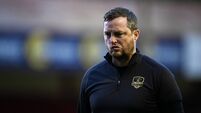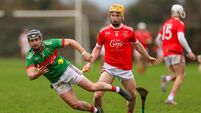David O’Caoimh Q&A: 'I can probably do about 150 tricks'

Wakeboarding is one of the fastest growing watersports in the world, with an estimated 30m active waterski and wakeboard participants globally. The sport derives from a combination of waterskiing, snowboarding, and surfing, whereby the wakeboarder is towed behind a speedboat at around 20-25 miles per hour and performs tricks, such as flips and spins, using the wake of the boat as a ramp.














